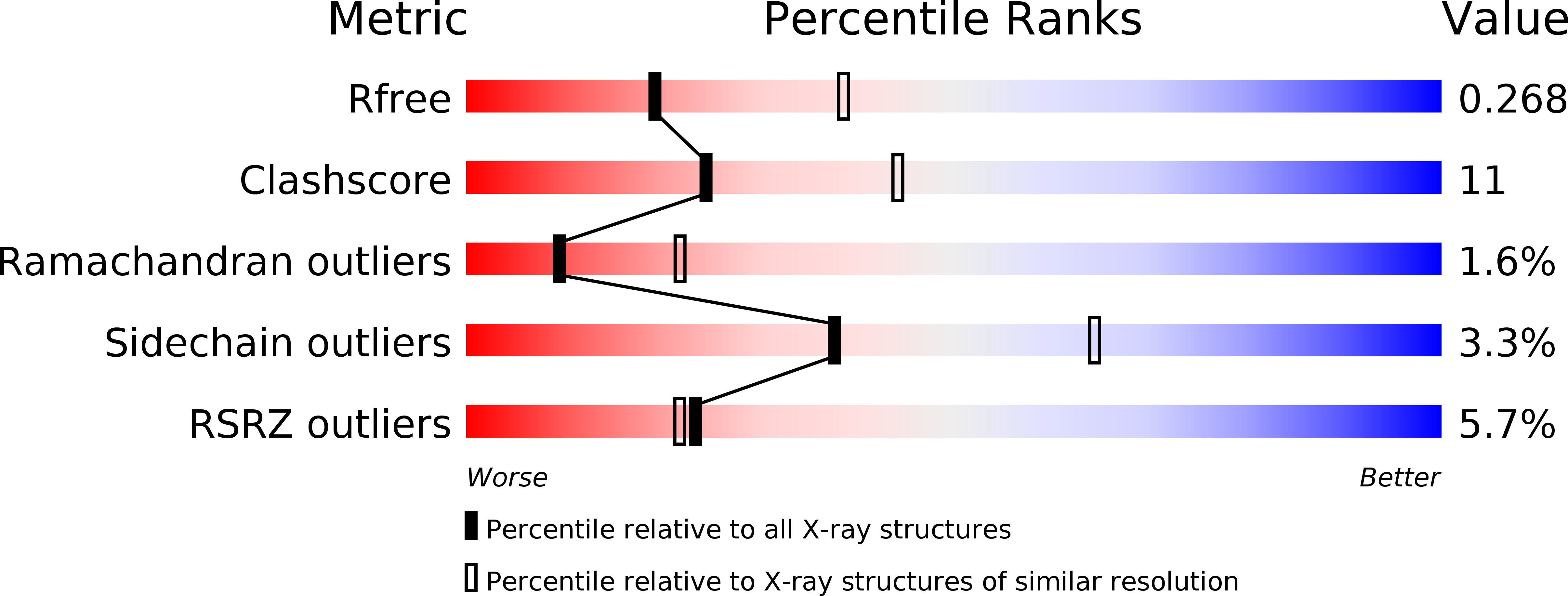
Deposition Date
2014-06-27
Release Date
2015-07-01
Last Version Date
2023-09-20
Entry Detail
PDB ID:
4QQF
Keywords:
Title:
Crystal structure of mitochondrial import inner membrane translocase subunit TIM50
Biological Source:
Source Organism:
Saccharomyces cerevisiae (Taxon ID: 4932)
Host Organism:
Method Details:
Experimental Method:
Resolution:
2.67 Å
R-Value Free:
0.25
R-Value Work:
0.21
R-Value Observed:
0.21
Space Group:
P 41 21 2


